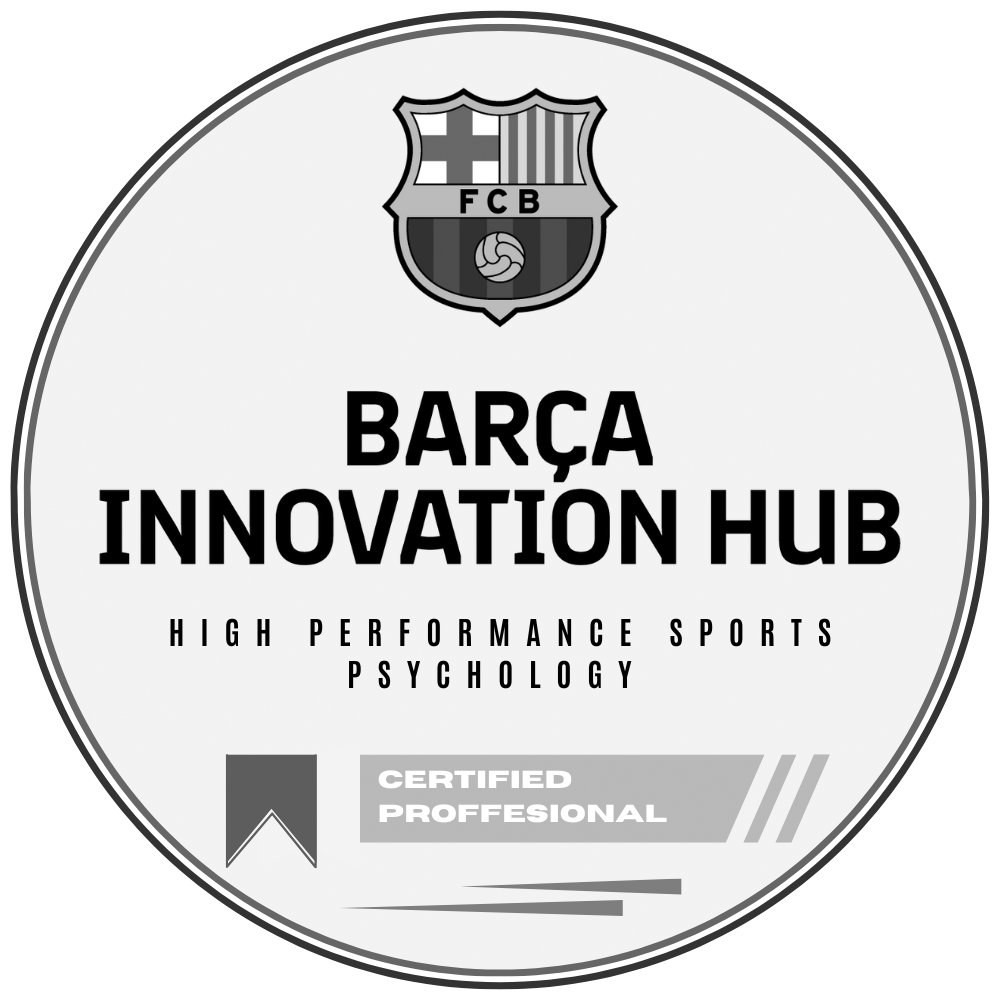Why Would You Ever Put a Cap on Your Potential?
Strip away your job, your titles, your stories. What is left?
That is the part most people never meet.
So let me ask you. Who are you?
Not what you do. Not your title, your role, or your personality type. Not your wins. Not your wounds.
Who are you, really?
It sounds simple until you actually turn it over in your mind. Until the job titles, roles, and opinions peel away. Until you are left with nothing but your own reflection and the question: What is still there if everything else goes?
In coaching, this is not just a nice self-reflection exercise. It is the foundation. How you define yourself sets the boundaries, or the possibilities, of your growth.
That is where the Core Identity Model comes in. Let’s walk through it.
Level 1: The Surface Self: What I Do, Feel, or Think
Most people start here:
- “I am what I do.”
- “I am my job title.”
- “I am how I feel.”
- “I am what others say about me.”
It is the world of performance and roles. We attach ourselves to results and the praise that comes with them, until one day, they are gone.
I have seen CEOs unravel after retirement, not because they lost their skills, but because they lost the role that told them who they were.
When our identity rests only on actions, emotions, or results, it is fragile. A career shift, a failed project, or one cutting comment can send us into a spiral.
This is the first trap of self-definition: mistaking performance for personhood.
Level 2: The Narrative Self: The Stories We Tell Ourselves
Go a little deeper, and you find the stories and labels we have collected over the years:
- “I am a high achiever.”
- “I am anxious.”
- “I am the responsible one.”
- “I am not good at relationships.”
Some of these stories lift us up. Many hold us back. They start as coping mechanisms or things other people told us, and over time, we mistake them for truth. I wrote about these inner scripts in more detail in another piece, The Stories We Tell Ourselves. This is often where those limiting stories live.
A client once told me, “I have always been the peacemaker in my family, so I avoid conflict at all costs.” That role helped him survive childhood, but in his leadership role it meant he sidestepped hard conversations his team needed him to have.
Another woman I worked with was convinced she was “bad with money” because of one financial mistake in her twenties. Twenty years later, she was still letting that story dictate her choices.
But you are not your story. Your roles, labels, even your beliefs can and will evolve.
When we cling too tightly to old narratives, we protect the past at the expense of the future. The work here is simple but not easy: see the story, and ask whether it still serves you.
Level 3: The Core Self: Who You Are Beneath It All
Now we get to the heart of it.
Who are you without the labels?
Without the successes?
Without anyone watching?
The core self is not built on performance. It is built on values. On the qualities that hold steady when everything else shifts:
- I am honest.
- I am creative.
- I am compassionate.
- I am courageous.
- I am curious.
I think of a founder I coached who lost her company in a market crash. She told me, “I do not have a business anymore, but I am still the same person who built it.” That is core identity. Her courage and creativity were intact, and those became the starting point for what she built next.
Or the retired athlete who feared life after sport, only to discover that his discipline and generosity, the same traits that made him a great teammate, were the foundation for a new career mentoring young players.
These are not skills or goals. They are ways of being. And here is the beauty. There is no ceiling. You can grow in honesty, in courage, in compassion. You can be creative even when nothing is working.
The core self gives you a foundation strong enough for constant change.
Why This Model Matters
When you define yourself by what you do, you are fragile.
When you define yourself by who you are at your core, you are resilient.
This is why people so often feel lost after a career shift, a breakup, or a major setback. Their identity was anchored to something outside of them.
The Core Identity Model brings you back home to yourself. It moves you from performance to purpose, from labels to freedom.
If You Are Willing, Try This
- Where have I confused what I do with who I am?
- What stories or labels have I outgrown?
- Which values describe me at my best?
- How can I define myself in a way that leaves room for growth?
- If everything changed tomorrow, what part of me would remain?
These are not questions to answer once and file away. They are companions for the road ahead.
Final thought
The world will try to define you, through titles, roles, algorithms, personality tests, even the opinions of people who love you.
But your identity does not have to fit into someone else’s box.
You get to decide who you are. From the inside out.
When you stop letting the world tell you, you meet the part of yourself that has been there all along.



.svg.png)










.png)


